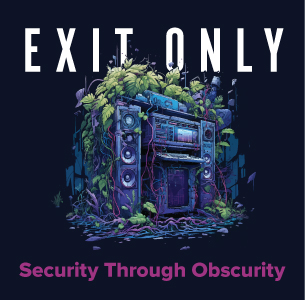A post-card from Bristol—post-trip hop, drum’nbass, dubstep, a view beyond The Bristol Sound. Alan Lockett surveys the field, and picks out new sounds from Subtext, Sullen Tone, and Fluid Audio.
Moving to Bristol in the 90s offered a vantage point from which to view the rise of a group of artists whose time had come, media-constructed as the ‘Bristol Sound.’ The Massive Attack-Tricky-Portishead triumvirate and their precursors gave us trip hop, informed drum’nbass, and later dubstep. 20 years on, a view beyond the Bristol sound reveals new shapes and forms.
The ’00s saw a new kid on the Bristol block emerge: a strain of dark ambient and bass experimentalism from Subtext Recordings, part of the Multiverse collective, curated by James Ginzburg (Emptyset), ex-Vex’d man, Roly Porter, and Paul Jebanasam, also adumbrating the likes of Pinch‘s Tectonic (the dubstep connection). A false start had seen it release two Vex’d 12″s in 2004/5, then vanish, only to re-emerge in ’11 ‘to explore the numinous terrain where the modern classical meets the industrial,’ or, if you prefer The Guardian‘s drollery, ‘dark ambient […], the sort of thing that sounds like an iceberg wrapped in tinfoil being pushed over a mountain.’ Rites (2013) and Continuum (2016), though, show the likes of Jebanasam ‘drawing from ambient drone, metal, noise, sacred musics and modern composition’ with more of a musical allure.
Most recent Subtext comes from US sonician Eric Holm, who, after an acclaimed debut, Andøya (2014) that had us hanging on power lines in the arctic, maps an equally atmospheric elsewhereness on Barotrauma (2016), plunging us into Nordic fjords. The collapse of oil prices, coinciding with Holm’s sub-aqua stint at NYD, Oslo, prompted him to start documenting the sounds heard in diving training. The results are, naturally, immersive—from the creepily unfurling drone textures of “Siebe” and doleful dream state of “Enceladus” to the metallic glaciality of “Nereus Vent” and the poignant wooze of “AH-5.” That a likemind ear to a Thomas Köner or Jana Winderen is at work is evident in choice of source and subtle processing; sonorous spaces rendered, literally, viscerally so as to make seldom felt encounter clammily palpable. From there we come up for air and go under.
Around the Secret Underground, we found a Bristol revenant, LTO of Old Apparatus, a duo said to ‘have almost nothing to do with what’s going on around them—a rarity in the increasingly cross-referential world of electronic music,’ sounding ‘like music that was made in some underground bunker, hiding away from the world with only dim memories to work with’ (RA). The Number From Which All Things Come (Sullen Tone), a first full-length, though not LTO’s first (see No Pasa Nada EP), comes in a heady cloud of grainy sound design and ghostly timbres, deep sonics and organic electronica, avant-folk pop and neo-jazz traces. Titular number (10) is seemingly linked to a sense of totality, achievement (Agrippa), return to the unit after cycling through the first nine numbers, marking the full course of life; a possible signifier of LTO’s decadal development, as seen via re-works of early ideas and OA offshoots, retaining remnants of that same mystery, while offsetting this facade with an element of warmth and openness. At once alienating and comforting, beside more traditional kit bits are a Celtic bodhran, sounds from the 2012 Olympics construction site, a trumpet, strings of a broken piano and a drum machine along with crumpling paper. Post-braindance renaissance man broadens palette with trope traces of grime, jungle, et al.—electronica with a modern mind, but an organic soul with hark-backs to this bunch‘s sound-system and Mild Mild West lineage. Dark and dank, but inside the mechanic clank and skunk-funk is a weirdy-beardy crusty-dusty Bristle-y Zeitgeist. Moving onwards and outwards…
Out of Bristol’s Country File rather than its Inner City Life, Fluid Audio has been moving in mysterious ways for nearly a decade. Initially a channel for ambient/experimental/modern classical with a website of album and gig reviews, interviews, mixes and films, Fluid Radio was set up by Dan Crossley, a former Londoner living in the country outside Bristol. His first engagement as a music purveyor was on a pirate radio station transmitting experimental d’n’b from a tower block—a far cry from now, but there’s a shared spirit of using any available means to justify your musical love. 2009 saw the launch of Fluid Audio—a label for FR’s musical ambit, its goal beyond that of mere conduit, care invested in making each release special, ultra-limited, personalized—cf. Colin Herrick’s Time Released Sound, an obvious kindred spirit. The sound-vision symbiosis attained can be seen in the quality curation of its Facture releases, and an evident aesthetic—from website to artisan crafted artwork; a personal look and feel, a cottage industry at odds with a bodiless, spuriously connected, web massive. Much of it sits around the emotional end of the ambient spectrum—first release, a comp entitled Hope, set the tone for more sad-happy work like Guy Andrews’ The Moving Dawn Orchestra and quasi-house band, Tape Loop Orchestra (‘view here and here).
Latest FA release, Psychology of Colour, from ambient vets Ian Hawgood and Tim Diagram‘s long-gestating Ouvala project, trails ‘Reels of music left to rot and decay sporadically, using the most random of recording methods and developments. It was free and without regard; absolutely without over-control.’ It initially involved reels and reels of old synth work made and promptly left in storage around a year, affected by severe damp, with most of the reels trashed due to decay. Hawgood decided to try and see what could be salvaged, ending up using various smaller superannuated reel-to-reels, eventually ‘mixing down ideas from these decayed tapes onto my faithful Popular 400.’ While engaged on other shared projects, work on ‘these rather haunting evaporating tones and melodies’ proceeded over the years, layering and re-editing tracks, placing them through the process of random mixing back onto master reels. As with most Facture releases, the media (carrier) is (part of) the message: the hand-numbered letter-pressed CD comes with ltd ed accessories, housed in brown waxed glassing bags, strips of the tape, reels of original recordings, samples, and mix-downs from various stages of project construction. Make you feel mighty reel? Or too cool for spool?






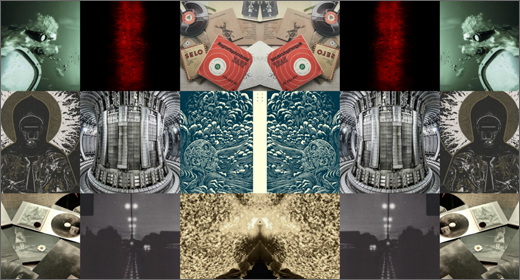




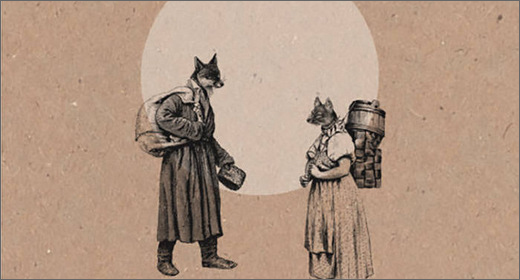

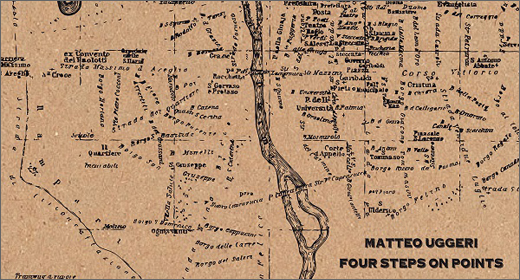
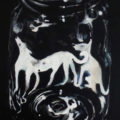
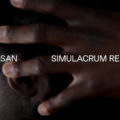
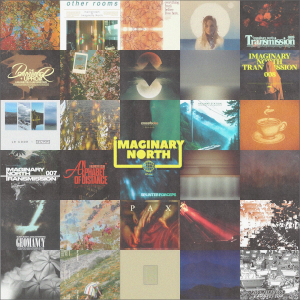
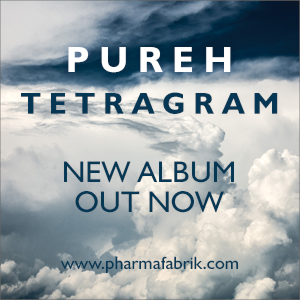






![exm :: Solar (Touched Music) — [concise]](https://igloomag.com/wp/wp-content/uploads/2025/03/exm-solar_feat-75x75.jpg)

